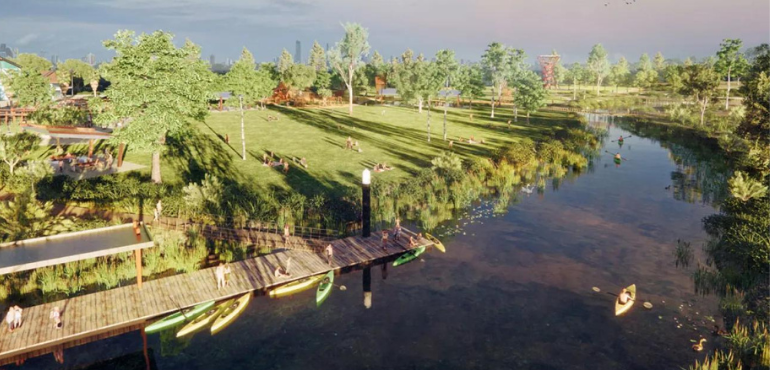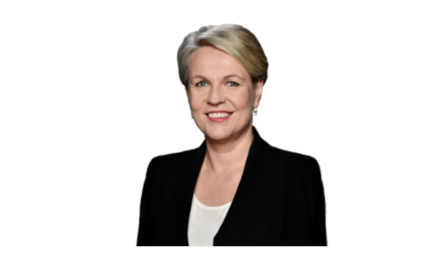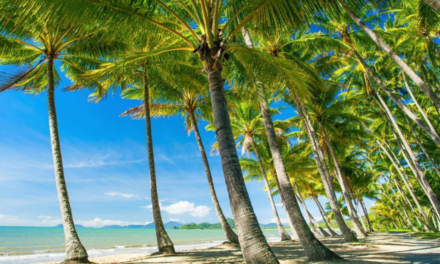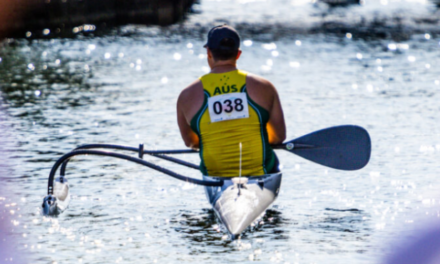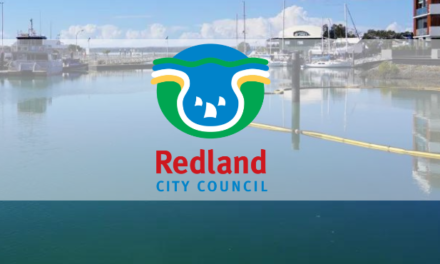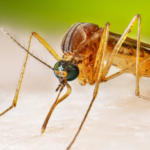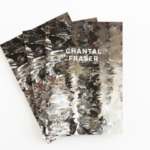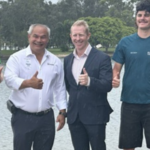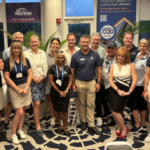The Gold Coast is set to enhance its commitment to conservation with the development of a groundbreaking eco-park in the heart of Currumbin Valley.
Spanning 148 hectares, this unique park will feature hiking trails, picnic areas, and a wildlife rehabilitation centre, marking a significant milestone in the region’s environmental efforts.
A key highlight of the eco-park is a koala safe haven, developed in partnership with the Currumbin Wildlife Sanctuary.
This initiative aims to protect the koala population while allowing residents and tourists to observe these beloved creatures in their natural habitat.
Local sustainability groups and Elders were instrumental in the planning process, ensuring the park’s design prioritises environmental preservation.
An impressive 46-hectare section of endangered blackbutt forest will be a focal point, aiming to rehabilitate this at-risk species.
The project underscores the Gold Coast’s dedication to conservation, complementing the upcoming Greenheart Project, which was unveiled in 2020.
Greenheart, a 252-hectare parkland straddling Robina and Merrimac, will be six times larger than the Broadwater Parklands and two-thirds the size of New York’s Central Park.
Gold Coast Mayor Tom Tate emphasised the parkland’s importance, highlighting its extensive recreational facilities and significant conservation efforts.
Greenheart will feature playgrounds, picnic areas, and a sports precinct catering to 4,000 players, along with an event lawn designed to accommodate up to 50,000 people.
This state-of-the-art facility aims to place the Gold Coast on the international touring circuit while renewing over 30 hectares of habitat for birds and other wildlife.
A University of Queensland study found that national parks generate $2.64 billion in annual spending, suggesting these new eco-tourist destinations will attract both local and international visitors, bolstering the economy.
The Gold Coast’s environmental initiatives extend from the hinterland to the coastline. Coastal management projects, such as sand nourishment, play a crucial role in mitigating erosion and protecting against flooding.
The annual “beach boost” dredging works are essential for maintaining the health of the region’s beaches, ensuring they remain enjoyable for future generations.
Programs like the Tweed Sand Bypassing Project enhance renowned surf breaks, contributing significantly to the local economy, which benefits from over $1 billion annually from natural beaches alone.
“The Gold Coast way of life is deeply connected to our beaches,” Mayor Tate remarked, emphasising the importance of conservation efforts. With effective management, the region’s beaches and parklands will continue to be a cornerstone of the Gold Coast experience for years to come.
Image and news source: InQueensland website

